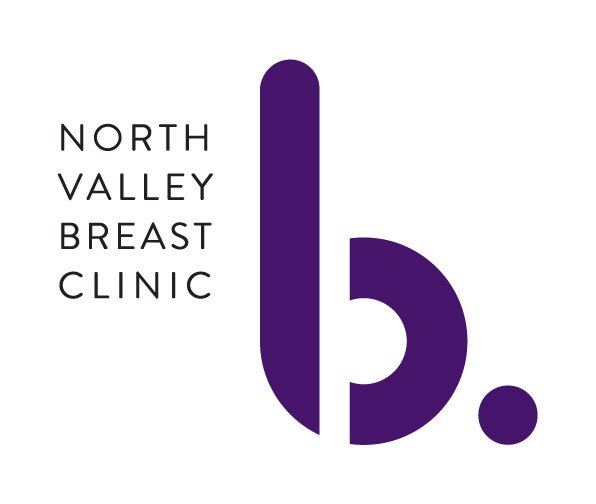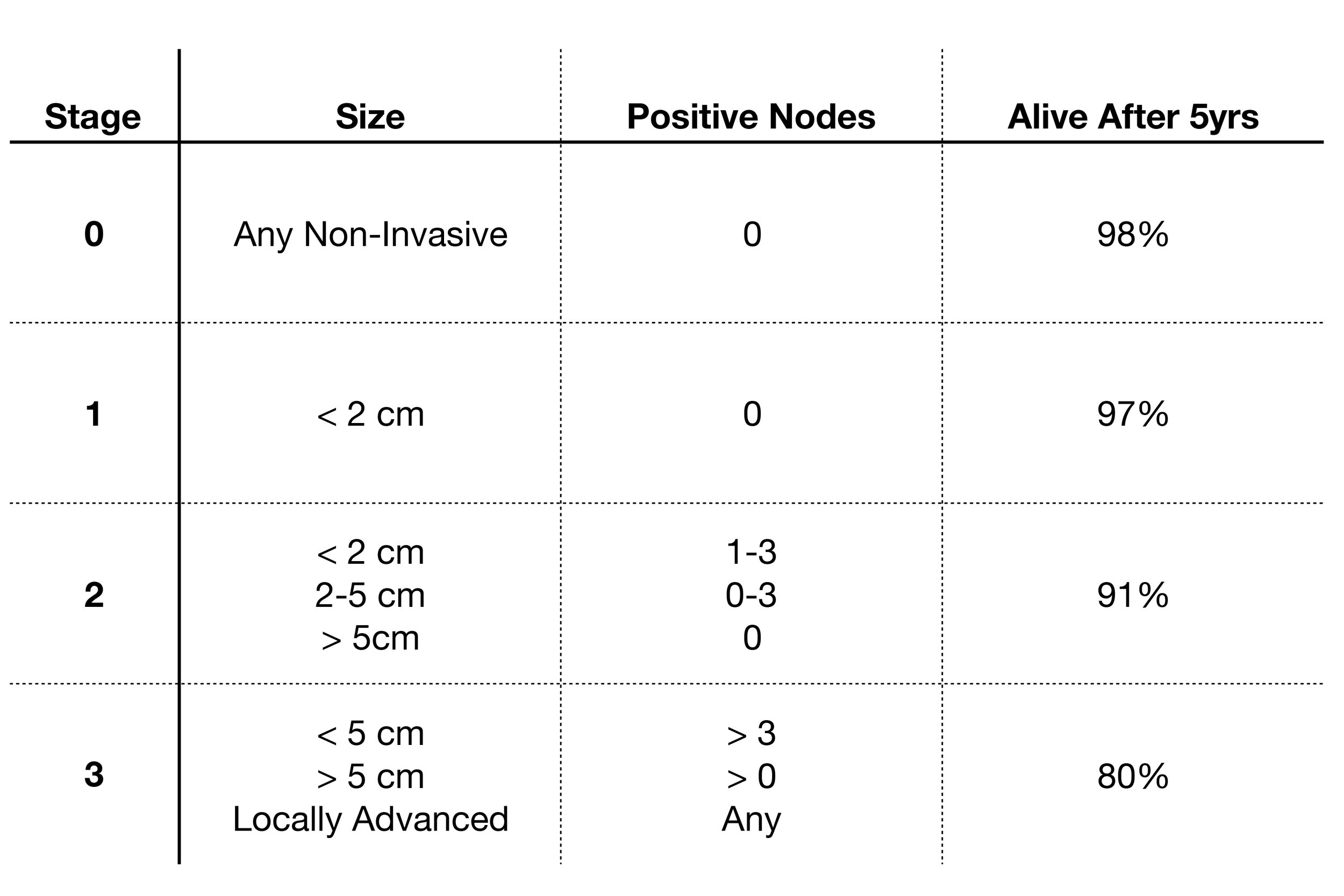Risk-Stratified Screening
Screening is the single most reason that breast cancer survival has improved since the 1970s. Sure, treatments are better than they were in those days and this has improved survival, but this effect is far outweighed by the tremendous benefit obtained from screening.
The idea behind screening is to image women who do not have any symptoms that would suggest a cancer and look for cancers while they are still small. Since breast cancer is a progressive disease, small cancers that are intercepted through screening and are treated do not grow to cause symptoms. Stage is used to describe how far along a cancer is at diagnosis. More than any other factor, stage determines what treatment will be needed and how women will do after their treatment.
Screening reduces stage at diagnosis. All the benefits of screening; improved survival, decreased cost, and greatly reduced human suffering, come from this reduction in stage.
Breast cancer stage (AJCC 7ed) is based on the size of the tumor and the number of positive lymph nodes. Locally advanced refers to skin involvement, chest wall involvement, or inflammatory cancer. In the third column, survival is shown after maximum treatment at university centers in California.
Note that for early stage breast cancers (stages 0-1), survival over five years is roughly the same as that of the population without breast cancer (98.2%). What stage a cancer is disgnosed at depends on how it is detected.
Symptomatic cancers
These are cancers that are found during the evaluation a lump, an area of pain, or another symptom. The median stage at diagnosis is stage 2. There are also plenty of stage 3 and stage 4 cancers. All of these are advanced cancers, because survival, despite treatment, is below that of the population without cancer.
Mammogram-detected cancers
The following is placeholder text known as “lorem ipsum,” which is scrambled Latin used by designers to mimic real copy. Nulla lectus ante, consequat et ex eget, feugiat tincidunt metus. In sit amet felis malesuada, feugiat purus eget, varius mi. Vivamus sit amet semper lacus, in mollis libero. Integer tempus, elit in laoreet posuere, lectus neque blandit dui, et placerat urna diam mattis orci.
Ultrasound-detected cancers
The following is placeholder text known as “lorem ipsum,” which is scrambled Latin used by designers to mimic real copy. Suspendisse nec congue purus. In sit amet felis malesuada, feugiat purus eget, varius mi. Nulla lectus ante, consequat et ex eget, feugiat tincidunt metus. Vestibulum ante ipsum primis in faucibus orci luctus et ultrices posuere cubilia Curae.

